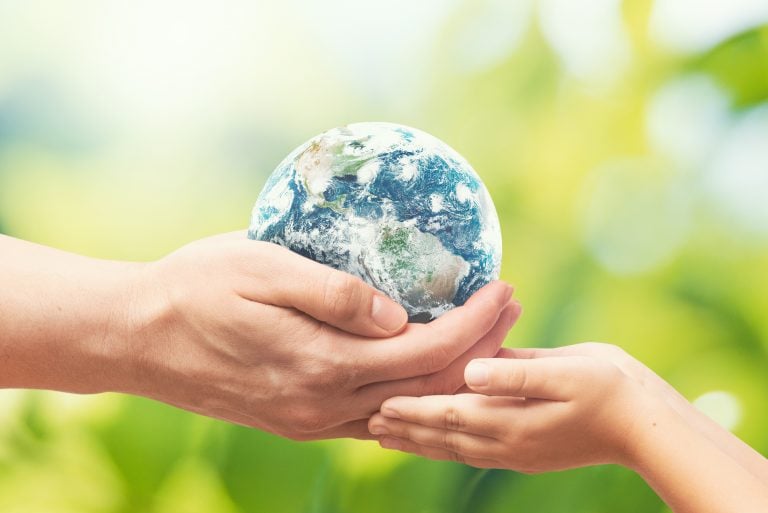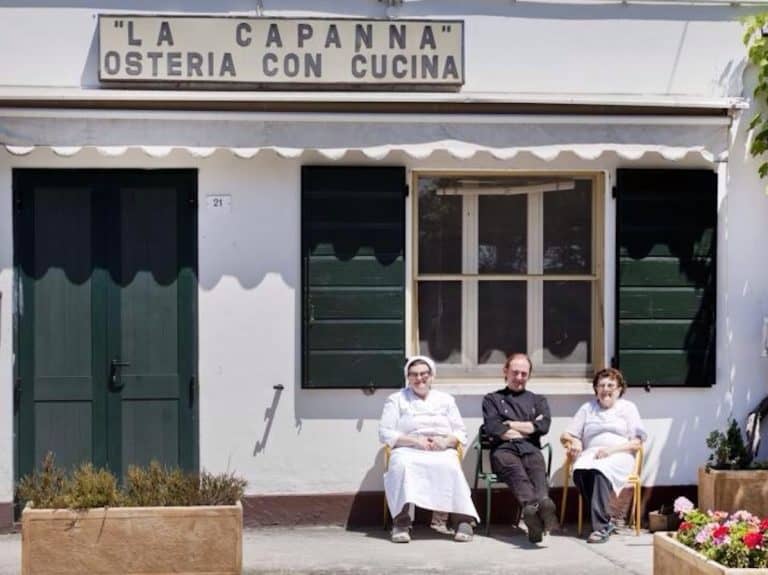Earth Day 2022 in Italy
The greatest environmental event, a time when citizens come together to celebrate the Earth and to promote its preservation. We are talking about Earth Day, a day celebrated on April 22 in 193 countries of the United Nations through 22 thousand organizations that take part each year. An initiative launched in 1970 by U.S. Senator Gaylord Nelson and promoted even before by President John Fitzgerald Kennedy, which involves up to one billion people each year. The international NGO Earth Day Network of Washington promotes this event, which boasts several offices around the world (one in Italy). Since 2007, this day is also celebrated in Italy through Il Villaggio per la Terra, designed to promote civil and environmental awareness within the national festivities, set up for several days close to April 22 at the Terrazza del Pincio and at the Galoppatoio of Villa Borghese. Besides shows, events, sports, music, institutional meetings and workshops for children, the association is committed to shedding light on the increasingly urgent environmental issue.
Italians’ consumption habits
The dining table is undoubtedly a good starting point to reduce one's environmental impact. In this regard, reassuring data come from a survey by HelloFresh, the meal provider that entrusted Censuwide with the investigation of the Italians’ consumption habits. They showed that 47% of Italians have vowed to buy more and more local foods. In particular, 34% want to commit to choosing products from short food supply chains, while 28% to buying only seasonal foods. A survey carried out on the occasion of the Earth Day that shows a growing wave of conscious consumerism, starting from the reorganization of grocery shopping to prepare weekly menus and avoid waste. Speaking of leftovers: 52% of respondents said that they have changed their approach to cooking to reduce them as much as possible.
Earth Day 2022: ‘Invest in Our Planet’
‘Invest in Our Planet’ is the 2022 motto. The goal? Reaching net-zero greenhouse gas emissions by mid-century to keep the global temperature below 1,5°C. As mentioned on the event official website, as a matter of fact, we are running out of time: a phrase that we have read and heard many times in recent years, but that must not lose its meaning. The climate crisis is getting worse and worse and the health emergency in the last two years has (understandably) contributed to neglect the issue that, however, still remains. The organization said that “unless businesses act now, climate change will ever more deeply damage economies, increase scarcity, drain profits and job prospects, and impact us all."
Good kitchen habits
When we talk about climate change, we necessarily talk about money as well. "Through regulations, incentives, and public/private partnerships, governments hold the keys to transform and build the green economy. Similar to the industrial revolutions, governments must incentivize their citizens, businesses and institutions to build a resilient future." It is good to remember that the first steps must be taken by governments, and then from industries and large corporations. Of course, every citizen is also accountable for, each one with its own economic and social possibilities: let's review some good habits in the kitchen, at the table and at the supermarket to avoid waste and limit the damage.
- Bulk shopping: buy unpackaged food, whenever possible, or at least with a more easily recyclable packaging. Refill shops are on the rise, but not everyone has access to them: at the supermarket, it is better to prefer recyclable materials and not complex ones such as Tetra Pak, and avoid disposable items (even compostable ones; always better to reuse rather than throwing away). As for plastic, it is advisable to avoid mini-size packaging and single-use products that will produce more waste. Prefer maxi formats, detergent and soap refills.
- Doggy bag: stop being embarrassed to ask for it. Bringing home restaurant leftovers is an act of love for the environment that anyone can do (just overcome the embarrassment that, especially in some cultures like the Italian one, comes perhaps from a bit old-fashioned education). Green light, then, to the doggy bag: this way you will also have lunch for the next day.
- Water bottle: it is useless to spend many words on this item, which has been trending for several years now. There are many types, brands, colors, patterns... the price for an insulated bottle (a blessing on the hottest days) is between 15 and 30 euros, but it is a durable product, so it is worth spending some money.
- In-season fruits and vegetables: an endlessly repeated refrain, yet it is not so obvious to find seasonal products on restaurant menus. So let's try at least at home to make an extra effort in order to resist the temptation of preparing a tomato salad in February: nature is often wiser than men and every period of the year offers fruits that are more suitable to the climate. It is no coincidence that in January and February we can get our vitamin C boost through citrus fruits, while in spring we can start detoxing our body from the winter binges with asparagus, agretti and salads.
by Michela Becchi


 A forgotten native grape variety is reborn just a few kilometres from Rome. The story of the Giulia grape
A forgotten native grape variety is reborn just a few kilometres from Rome. The story of the Giulia grape In Piedmont, creativity has the flavour of risotto with frogs. Here are the best places to enjoy it
In Piedmont, creativity has the flavour of risotto with frogs. Here are the best places to enjoy it Dear Carlo Petrini, the Langhe will never suffer the fate of Bordeaux (which, by the way, is doing better than people say)
Dear Carlo Petrini, the Langhe will never suffer the fate of Bordeaux (which, by the way, is doing better than people say) The hidden restaurant along the Po Delta that loses its star, where you can eat oysters, mantis shrimp, and amazing fish. For us, a place close to the heart
The hidden restaurant along the Po Delta that loses its star, where you can eat oysters, mantis shrimp, and amazing fish. For us, a place close to the heart With Trump’s return to the White House, Italian Agribusiness feels the heat
With Trump’s return to the White House, Italian Agribusiness feels the heat






